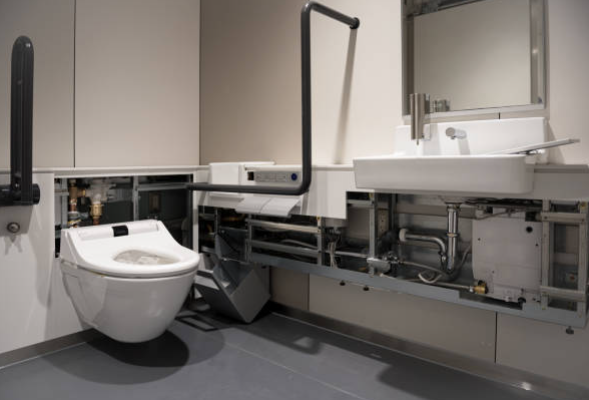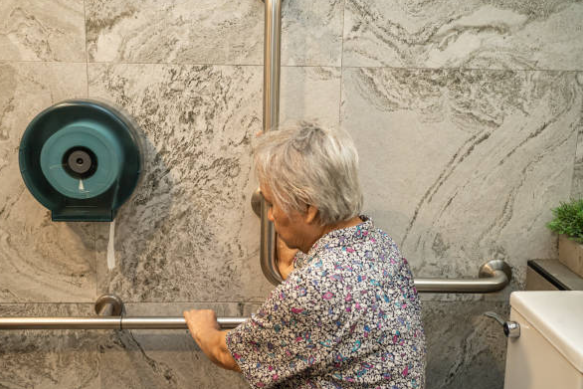How To Disabled Or Elderly People Use Squat Toilets?
If you’re an elderly or disabled individual facing the challenge of using squat toilets, this article has practical tips to make the experience more comfortable. Enhance accessibility in various settings, including community spaces like churches, by installing grab bars or support rails for stability. Consider incorporating a mobility aid like a cane or walker to confidently navigate squat toilets, ensuring you maintain your independence and dignity while using these facilities. Explore specific solutions for disabled toilets in churches to create a more inclusive environment.
Tips For Using Squat Toilets For Elderly Or Disabled People
If you’re an elderly or disabled person using a squat toilet, there are a few key points to keep in mind. First, make sure the toilet is set up in a way that’s accessible and safe for you. This include using grab bars for support and placing a stool nearby for balance.

When getting on and off the toilet, take your time and use any assistance devices available to you. Finally, when using the toilet, try to maintain a stable and comfortable position by using the grab bars for support and taking breaks if needed.
Related Topics: How Many Disabled Toilets Are Required In A Workplace?
1. Setting Up The Toilet
To set up the squat toilet properly, you’ll need to position your feet shoulder-width and lower yourself down, ensuring your heels stay flat on the ground for stability. This wide stance will help you maintain balance while using the squat toilet.
It’s also important to ensure that the toilet is clean and dry before use. You can use a toilet seat cover or wipe the seat with disinfectant wipes to prevent any potential infections or discomfort.
2. Getting On And Off The Toilet
Transitioning onto and off of the toilet requires careful balance and support to ensure a comfortable and safe experience. When getting on the squat toilet, start by standing facing the toilet with your feet shoulder-width. Use a nearby support, such as a grab bar or wall, to assist with balance.

Slowly lower yourself down into a squatting position, keeping your back straight and your weight evenly distributed. Take your time and make sure you feel stable before letting go of the support.
To get off the toilet, reverse the process. Hold onto the support as you slowly rise up from the squatting position. Once you are standing, take a moment to regain your balance before moving away from the toilet.
It’s important to remember that using a squat toilet require more strength and flexibility than using a traditional sitting toilet. If you have difficulty with balance or mobility, consider using additional aids such as a raised toilet seat or a portable handrail. These can provide extra support and make the transition onto and off of the toilet easier and safer.
3. Using The Toilet
Entering the restroom, you find yourself faced with the task of comfortably and confidently utilizing the facilities. Using a squat toilet seem challenging at first, but with a few adjustments, it can be made easier for disabled or elderly individuals.

Firstly, make sure to wear comfortable and supportive footwear that provides good grip. This will help you maintain balance and prevent any slips or falls.
Related Topics: Who Can Legally Use Disabled Toilets?
Next, place your feet shoulder-width , ensuring a stable stance. Slowly lower yourself down into a squatting position, keeping your back straight and using the toilet for support if needed.
If you have difficulty squatting, you can use a stool or handrail for added stability. Remember to go at your own pace and take breaks when necessary.
Conclusion
In conclusion, making squat toilets more accessible for elderly or disabled individuals involves installing grab bars, using raised platforms, practicing proper body mechanics, and considering assistive devices. Tailoring strategies to individual needs with the guidance of healthcare professionals ensures a safer and more comfortable experience.



